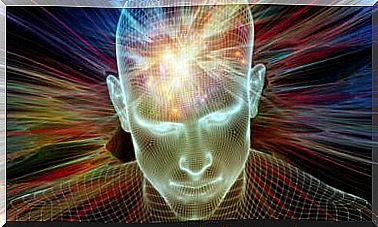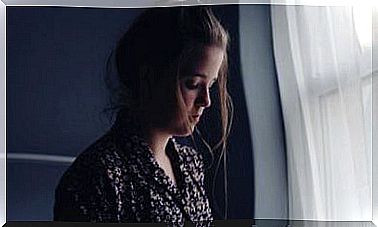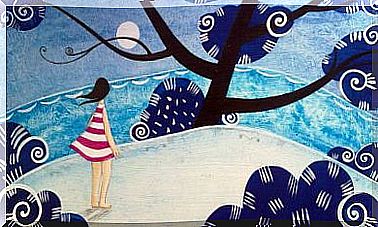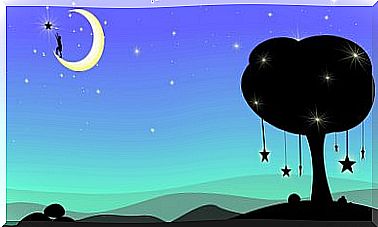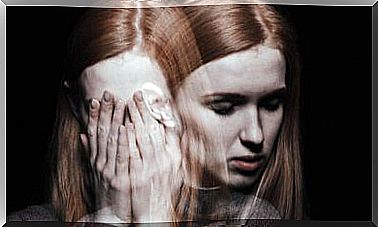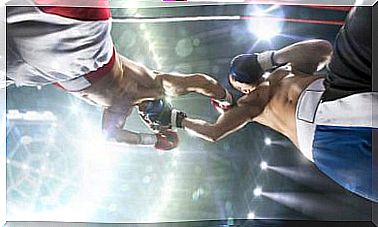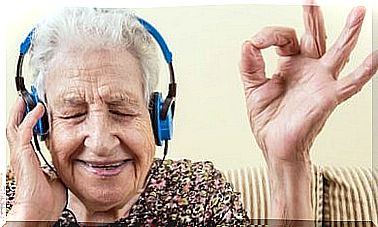The Characters We Live In
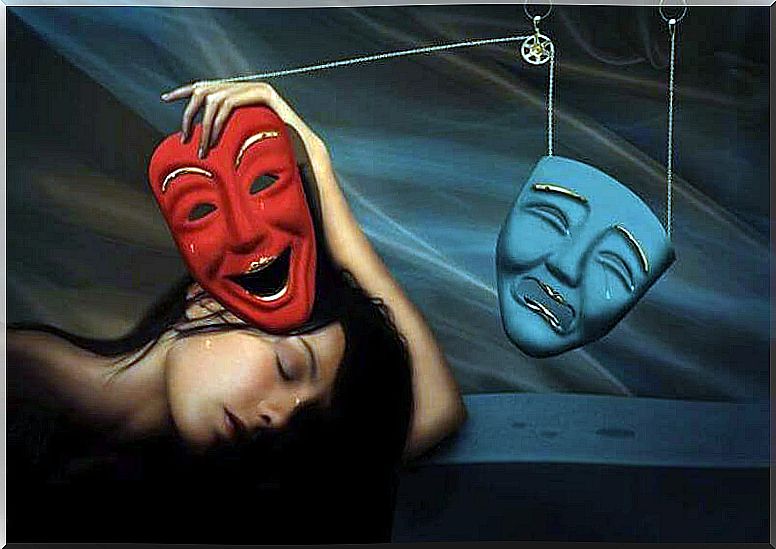
We have come to this world through a body, which is the vehicle that allows us to live in a three-dimensional reality and, through it, we learn to relate based on programs or “software” that we already carry in our genes. However, it will be the characters in which we live that will determine how we interact with our environment, partner, friends …
The seed begins to germinate after 3 years, when the child unconsciously adopts a series of models or typical characters , which will depend on the situation in which he lives and the different stimuli that he receives from his environment.
What characters do we play?
According to Bert Hellinger there are three main characters, based on which we forge our personality. This does not mean that we are only going to dress with one of them, but that they will be interconnected and alternated throughout our life history. While it is true, we have all unconsciously chosen one that will essentially determine the way in which we relate.
The good
The first of the characters is the good one and is formed when the child has lived one, an internal void that seems never to be filled. When the exterior fails you, this void appears and the mind seeks to solve it by means of justifications of the type: “they have left me alone because I am bad, therefore, if I am good they will love me”.
Without being aware of it, whoever plays this character develops certain behavioral dynamics: they tend to be silent, do what others want and prioritize the needs of others over their own. His maxim is to please to avoid the guilt that comes from the anguish of loneliness.
This character is based on one of the irrational beliefs of the father of Cognitive Therapy, Albert Ellis, who postulates about our need to obtain love and approval from all the significant people around me.

The good man believes that by being even more good he will get what he needs. However, his character always feels guilty and responsible for the happiness of others. If you identify with this character, ask yourself the following questions:
- Do you know how to listen to yourself?
- Do you know how to respect yourself?
- Do you know how to feel?
When the answer is yes, that anguish of loneliness will disappear. The vibration of love is what is going to fill that void, and that vibration begins within oneself.
The rebel
The rebel is a character with a lot of energy power. But in this case they suffer from one, since the child feels insecure about their attachment figure.
A rebel has to always be fighting, he cannot apologize, he cannot bend his arm … He interprets from the outside that he is weak, so his defensive and combative attitude will serve to show that he / she is the one who is right. Even if the impossible is done not to bother him, confrontation is the tool he uses to show that he is the possessor of the absolute truth, his truth.
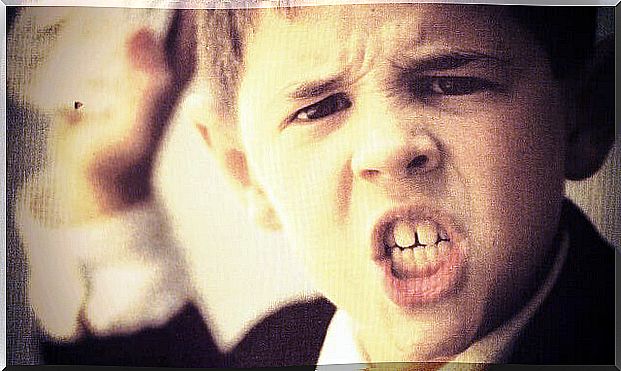
Only by living the anguish of security and observing the movement that it generates around him, is he able to know himself, thus developing the understanding that he lacks.
The Urn
This character is based on one, that has been forged from the lack of attention of his mother, and that acts ignoring it, as if it had no value, as if it did not exist …
The urn tries to go unnoticed and has difficulty relating to more than one or two close friends, whom he “puts in his urn” to energetically self-supply. He is a very mental character, who lives in absolute control, because if something gets out of control, anguish appears.
Within this character, we find great researchers who developed their intelligence as a facade for their relational deficiencies. In the protagonist of “A Wonderful Mind”, Einstein or other prodigious minds, magnificent examples of this character have been given.
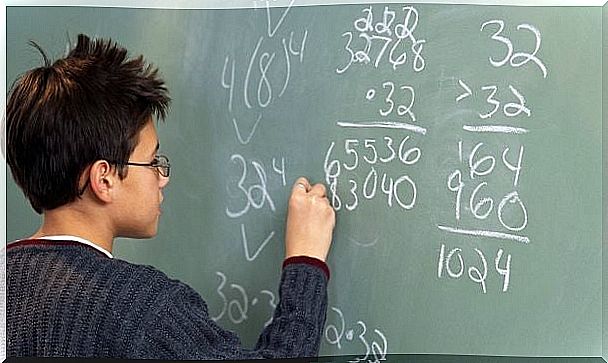
And you, what character do you live in? …

